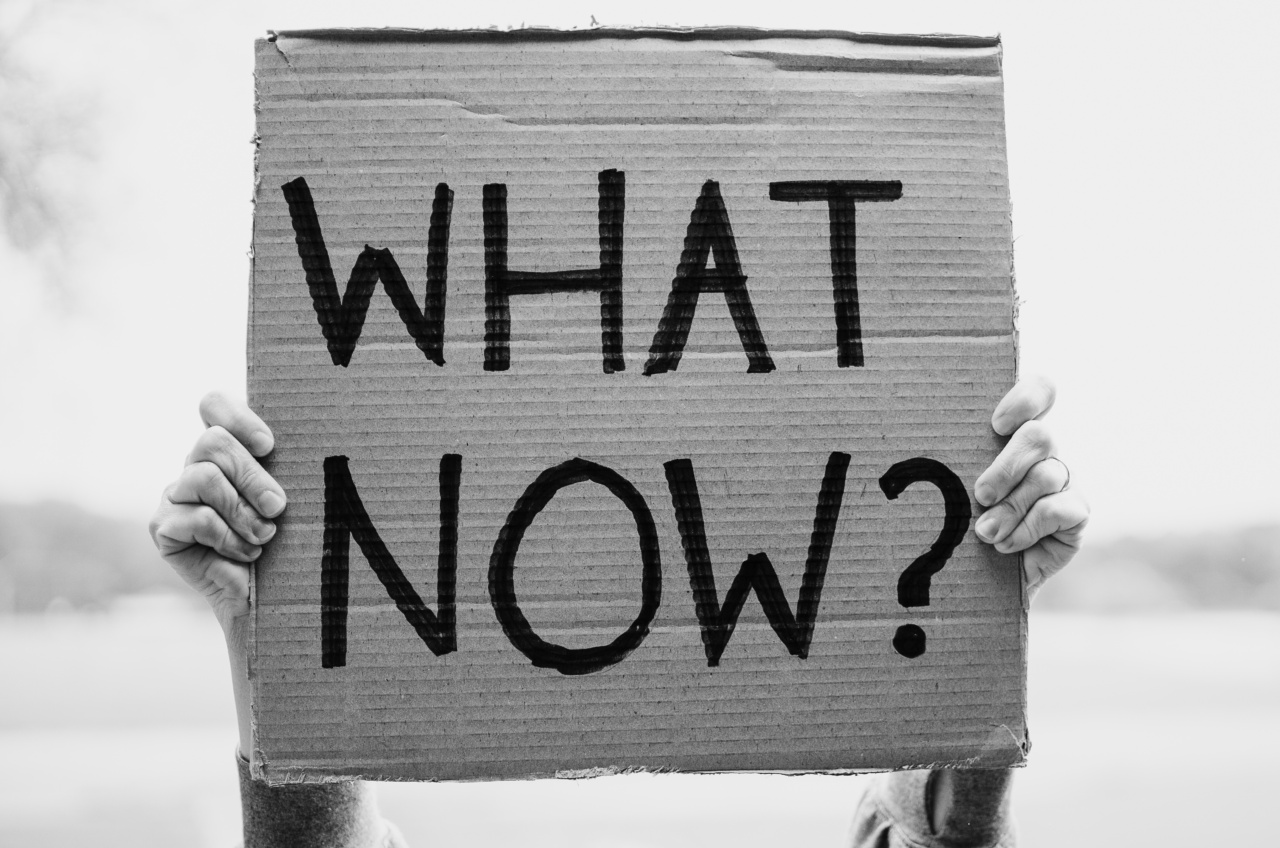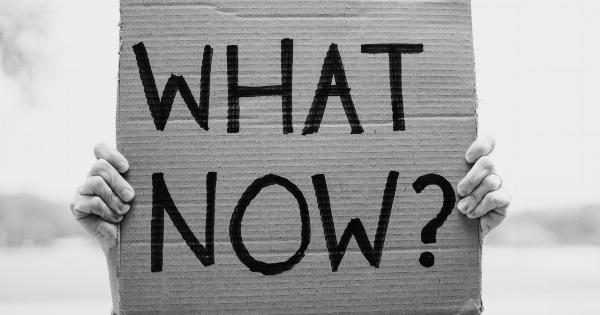Male orgasmic disorder is a sexual dysfunction characterized by the inability or delay in experiencing orgasm and ejaculation during sexual activity.
It is a distressing condition that can have a significant impact on a man’s sexual satisfaction and overall quality of life. This article explores the various aspects of male orgasmic disorder, including its causes and potential treatment options.
What is male orgasmic disorder?
Male orgasmic disorder, also known as delayed ejaculation, is a condition in which a man has difficulty achieving orgasm and ejaculating, even with sufficient sexual stimulation.
Unlike premature ejaculation, which involves rapid ejaculation, male orgasmic disorder is characterized by delayed or absent orgasm despite prolonged sexual activity. It is important to note that occasional difficulties with orgasm do not necessarily indicate a disorder, but persistent and recurrent difficulties may require further evaluation and treatment.
Types of male orgasmic disorder
Male orgasmic disorder can be further classified into several types, including:.
1. Lifelong male orgasmic disorder:
This type of male orgasmic disorder is characterized by the individual experiencing difficulties with orgasm and ejaculation throughout their life, regardless of sexual partner or circumstance.
It is often associated with psychological or physical factors.
2. Acquired male orgasmic disorder:
In contrast to lifelong male orgasmic disorder, acquired male orgasmic disorder refers to the development of orgasmic difficulties after a period of normal sexual functioning.
It may be caused by psychological factors, medical conditions, or the side effects of certain medications.
Causes of male orgasmic disorder
Male orgasmic disorder can have both psychological and physical causes. Some common causes include:.
1. Psychological factors:
Psychological factors such as performance anxiety, relationship conflicts, stress, depression, and past traumatic experiences can contribute to male orgasmic disorder.
Negative beliefs about sex, guilt, and religious or cultural upbringing can also play a role in inhibiting orgasmic response.
2. Medical conditions:
Certain medical conditions can contribute to male orgasmic disorder. These may include diabetes, neurological disorders, hormonal imbalances, prostate surgery, and certain medications like antidepressants and antipsychotics.
Chronic prostatitis, a condition characterized by inflammation of the prostate gland, can also cause orgasmic difficulties.
3. Substance abuse:
Excessive consumption of alcohol, tobacco, or illicit drugs can interfere with sexual function and lead to male orgasmic disorder.
4. Age-related factors:
As men age, they may experience changes in sexual function. Decreased sensitivity, diminished blood flow, and changes in hormone levels can contribute to orgasmic difficulties.
5. Relationship issues:
Problems within a relationship, such as lack of intimacy, communication issues, or unresolved conflicts, can impact sexual functioning and contribute to male orgasmic disorder.
Treatment options for male orgasmic disorder
The treatment of male orgasmic disorder typically involves addressing the underlying cause(s) and may include a combination of psychological, medical, and behavioral interventions. Some treatment options include:.
1. Psychotherapy:
Individual therapy or couples therapy can help explore and address psychological factors contributing to male orgasmic disorder.
Techniques such as cognitive-behavioral therapy (CBT), sex therapy, and couples counseling can be effective in resolving relationship conflicts, reducing anxiety, and improving sexual function.
2. Medication adjustments:
If medications are causing male orgasmic disorder, a healthcare provider may consider adjusting the dosage or prescribing alternative medications that have fewer sexual side effects.
3. Hormone therapy:
In some cases, hormone therapy may be recommended to address hormonal imbalances that are contributing to orgasmic difficulties.
4. Behavioral techniques:
Behavioral techniques such as sensate focus exercises, desensitization, and sexual stimulation techniques can be helpful in overcoming orgasmic difficulties. Masturbation exercises and the use of sex toys may also be recommended.
5. Lifestyle changes:
Making certain lifestyle changes, such as reducing stress levels, exercising regularly, practicing relaxation techniques, and avoiding substance abuse, can positively impact sexual functioning.
Conclusion
Male orgasmic disorder is a common sexual dysfunction that can significantly impact a man’s sexual satisfaction and overall well-being.
It can have both psychological and physical causes, including psychological factors, medical conditions, substance abuse, age-related changes, and relationship issues. Treatment options typically involve addressing the underlying causes through psychotherapy, medication adjustments, hormone therapy, behavioral techniques, and lifestyle changes.
Seeking professional help from a healthcare provider or therapist specialized in sexual disorders is essential for diagnosing and treating male orgasmic disorder effectively.































